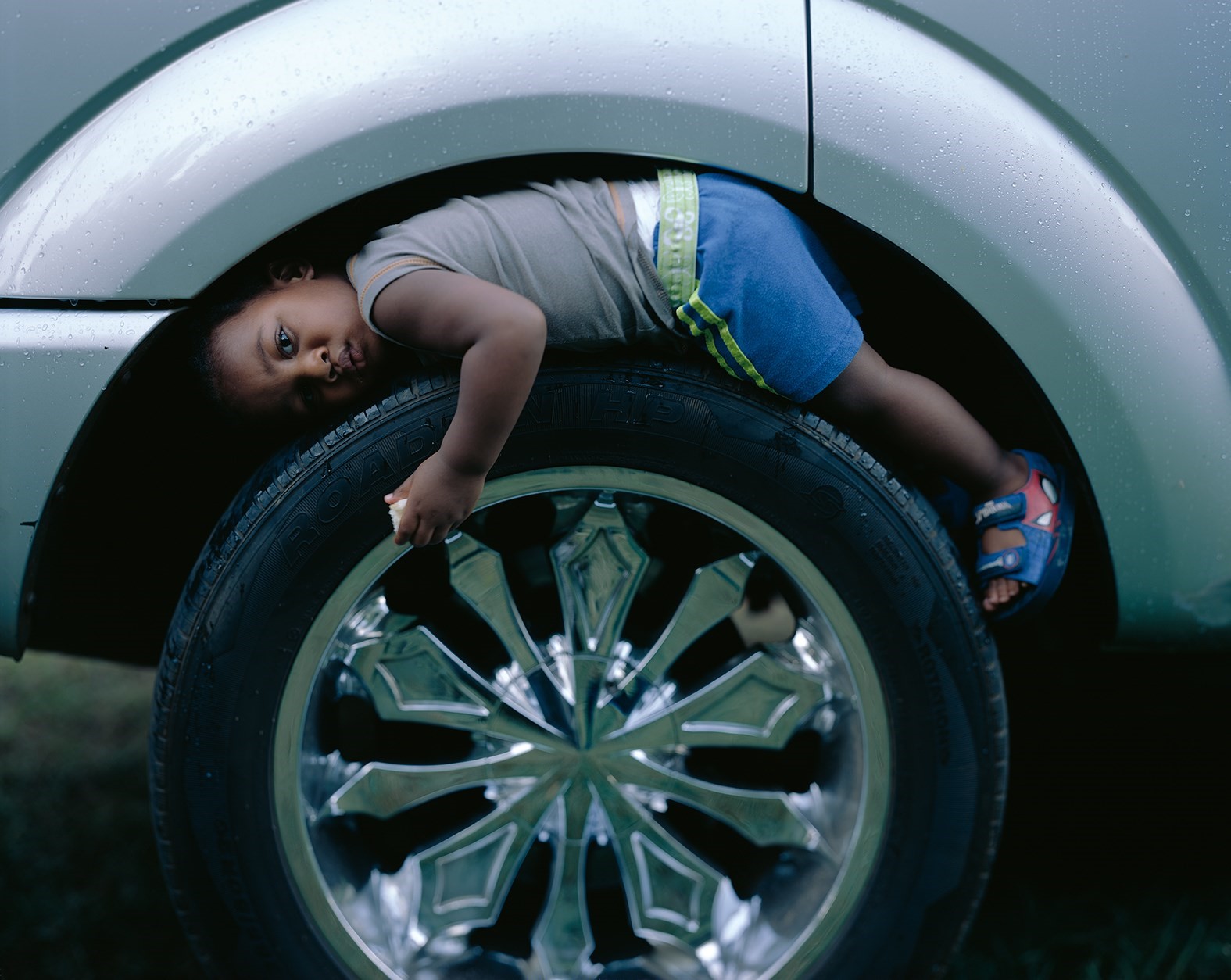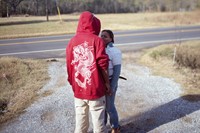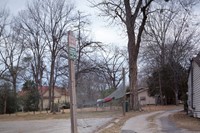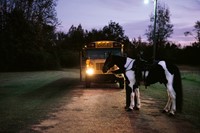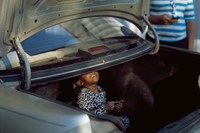RaMell Ross is an artist, photographer and writer who chronicles the American South, a region that has a long and complicated history with photography. His Academy Award-nominated 2018 documentary film, Hale County This Morning, This Evening, presented the audience with an intimate view of the everyday lives of the Black community living in his adopted home of Hale County, Alabama. This commitment to creating a portrait of a place was also evident in Desire Paths at Pace Gallery in New York, one of the standout exhibitions of 2023; a two-person show where Ross’s work was presented in dialogue with pieces by the late photographer, painter and sculptor, William Christenberry, who also made work in Hale County. Although they employ different approaches, both artists’ work “grapple with the beauty of everyday life over and against the legacy of white supremacist terrorism that has shaped the history of both Hale County and the United States itself,” says Pace.
Recently, Ross released his first book, Spell, Time, Practice, American, Body published by MACK. Ross sees this publication as an opportunity to “consider the scope of his work”, featuring photography, mixed media sculpture, film stills and writing. At the centre of the book is Return to Origin, a conceptual work in which the artist shipped himself from Rhode Island to Alabama in a 4x8 foot box, “a nod to Henry Brown, who shipped himself to freedom in 1849.”
Below, AnOther spoke with RaMell about the impact of the history of photographic work based in this region, the limits of the medium, and feeling like an outsider in the South. “This is what my work is about in its essence, this insider/outsider relationship many Black folks have with the region,” he explains.
Adam Murray: Can you explain your relationship to and experience of the American South prior to making work there?
RaMell Ross: My father was born and raised in Charlotte, North Carolina in the late 1950s and early 60s. We’d visit there often, what felt like every summer, my sister, my mum, my dad and I. For me, it’s a place I have a memorialised geographically, which is possible only when you’re a child as your senses are so inexperienced and awake that they log the physical world ecstatically, indelibly. It’s also a place filled with the after-images of my father’s stories. Everything from the afternoons at the pool where he’d eventually chip a tooth to the race riots at his high school where he’d dodge a racial slur, his accounts of growing up in a slowly integrating city, attempts on his life by the bigoted, the everyday of his youth – [these things] kind of animated the region for me. That and the world of media, news and film and books, were my tie to the region.
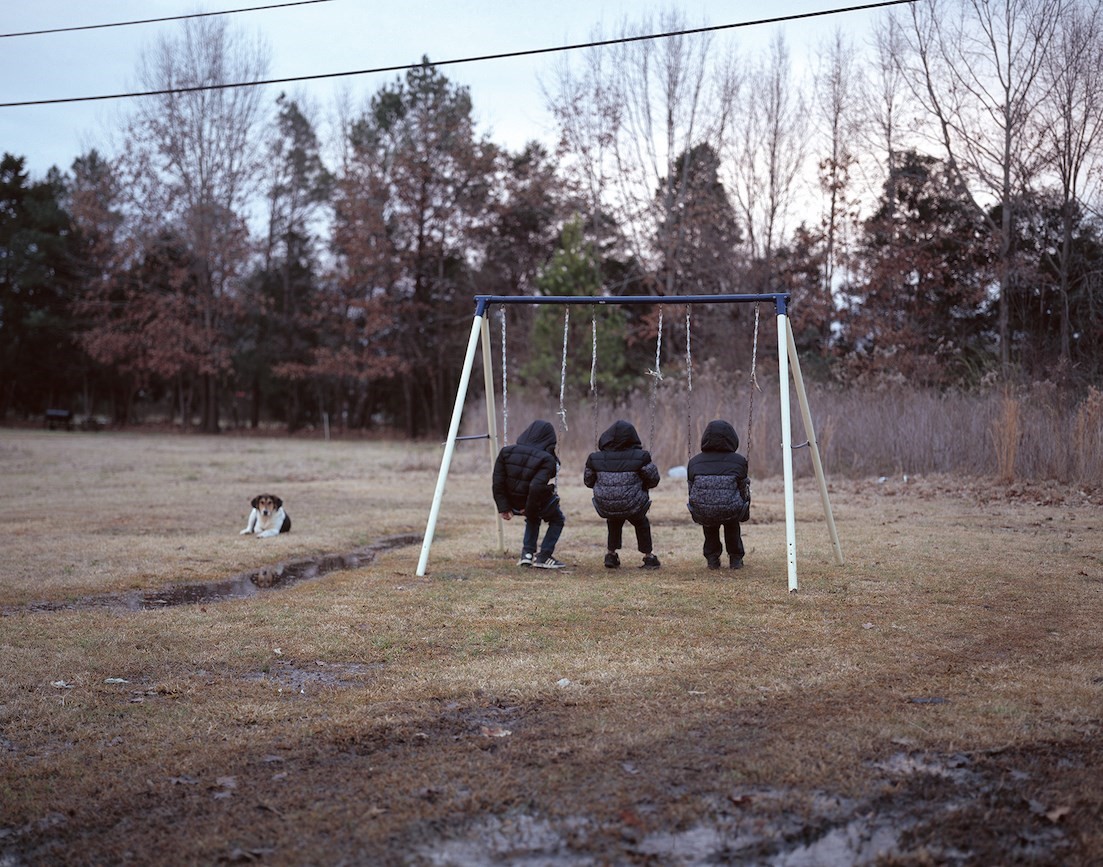
AM: Do you ever feel like an outsider in the South?
RR: Yes. This is what my work is about in its essence, this insider/outsider relationship many Black folks have with the region. Our elders fled, but the train tracks, footprints and stains are still there. I always feel like an outsider, and insider, like one might at their own family gatherings. I’ve found only non-verbal language capable of holding the two tight enough together that they appear as one.
AM: Spell, Time, Practice, American, Body is your first book. What motivated you to make this book now?
RR: The book started off as a catalogue for a show I had at the Ogden Museum in 2022, with the same title. Around the time, I had a conversation with Liv Constable-Maxwell at MACK. She invited me to consider the hitherto scope of my work and the possibilities of presenting it in book form as part of my art practice, less as an extension and or catalogue of it.
AM: Your work is featured in the exhibition A Long Arc: Photography and the American South since 1845, which recently opened in the High Museum of Art in Atlanta. What impact does that history of photographic work rooted in this region have on you firstly as a citizen, and secondly as an artist?
RR: I think I was unaware of the impact until I moved to Hale County. To go to a place and feel like your eyes are not yours is a hell of a feeling, a feeling once gotten inside of, and befriended, becomes a mentor of sorts. The place has an unflinching déjà vu of the real feeling about it. It’s quite difficult to succinctly talk about what that means … documentary images and perhaps images in general were more critically naked, shaping the perception of – or better yet, producing – Black Americans in the imaginaries of a national and global population.
The early ethnographic work being done was pretty damning. As a citizen in these images, I see my conceptual birthplace. Where the term Black person, Negro – all the ways of naming me – were born, forged, duplicated, fantasised about, essentialised and disseminated. Photography has made much of the meaning of me and my home. As an artist, the photographic history revealed the American South as an open-air library, a reminder of the jester of time, encouraging us to believe that history isn’t also the future, the longest theatrical performance ever produced.
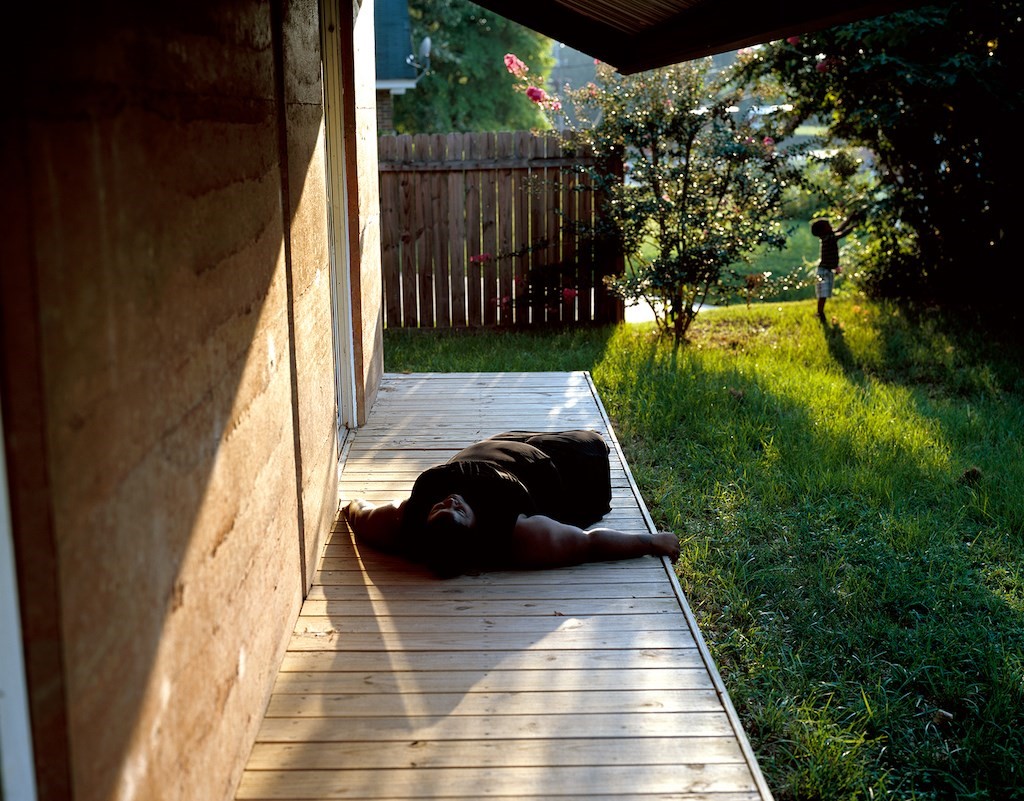
AM: In 2014 you completed an MFA at the Rhode Island School of Design. How did this academic context change your understanding of what you wanted to do with your work?
RR: Going to RISD allowed me to locate where the work I was inclined to make could live. I didn’t go to art school. I was a basketball scholarship, student-athlete, and both my parents were in the military. I had a very American-programmed,, uncritical relationship to images and cultural production. At some point, while living in Hale County, I felt something click but I was genuinely unsure if my work made sense. [I was unsure] if all the things I was noticing about the documentary tradition and of images of Black people in general were communicable.
AM: Beyond place, extended passages of time are a common device central to your work. I read that you filmed 1300 hours of footage for Hale County This Morning, This Evening. The Return to Origin journey took 59 hours. You spoke in a 2019 interview about “slowness being a uniting element of rural life.” Can you expand on the role time has in your work?
RR: I think of time as I think of desire and language and our bodies; the distance between things and then things themselves, time as the unexplainable impulse that both sparks our sentience and propels this unknown world. It’s central to my work’s legibility [and] to myself; time as context, time as tutor, time as the chef of meaning. Time is there whether I need it or not, it is my most reliable collaborator. But I actively consider clock time when making work, and then slip into a relation to what time ineffably is, a divine currency.
AM: What are the limits of photography for you?
RR: I feel like photography for me is limited by the person and or thing on the other end of it, receiving it. It almost feels like a cop-out answer though, but it seems like the limitation is a human problem. Can the limits of photography be us? I ask myself, how are we conditioned and programmed to read, engage and take in images? To make images? Formally and conceptually. From a less social angle: what does science have to say about the psychological consequences of image interaction? Of its memory intervention? What’s its evolutionary stake?
I don’t really think photography has built-in limits, more that photography has precedents and realistic uses, and while much of them are enlightening and arresting, a lot of them are concerning, given our species’ capacity to self-sabotage.
Spell, Time, Practice, American, Body by RaMell Ross is published by MACK, and is out now.
